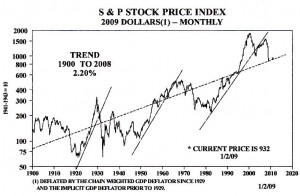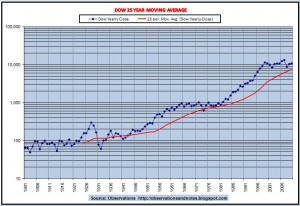We are often told that “green” businesses are profitable. Businesses, governments, and even a friend who drives a hybrid car gains immediate recognition for using and promoting renewable energy. Companies like the Bank of America and General Electric are examples of such companies that are getting recognition for turning towards sustainability.
But are corporations really “going green”?
Making money = Making more carbon emissions. No matter how much companies try to “go green”, they cannot deny that the more money they are making, the more they contribute to emissions. As a company expands, so does its carbon footprint. It may encourage recycling and a more sparing use of energy but more often than not, even though the overall percentage of its carbon footprint is reduced, the overall quantity still goes up. And this is for companies that have are eco-friendly; many companies out in the market might not even consider spending on “green” programs.
Why would a company choose to have a factory supplied by wind power (which might require tapping up a source from a faraway place) or solar energy (expensive to start-up)? Other companies that are not eco-orientated would see little benefit in cutting CO2 emissions because energy is cheap, while green programs are not, meaning that there is little incentive to do so. For example, Walmart needs to spend up to $500 million per year1 in order to achieve its environmental goals.
The bottom line is that carbon emissions will always be on the rise, but the implementation of “green” programs in corporations is a positive step toward sustainability.



